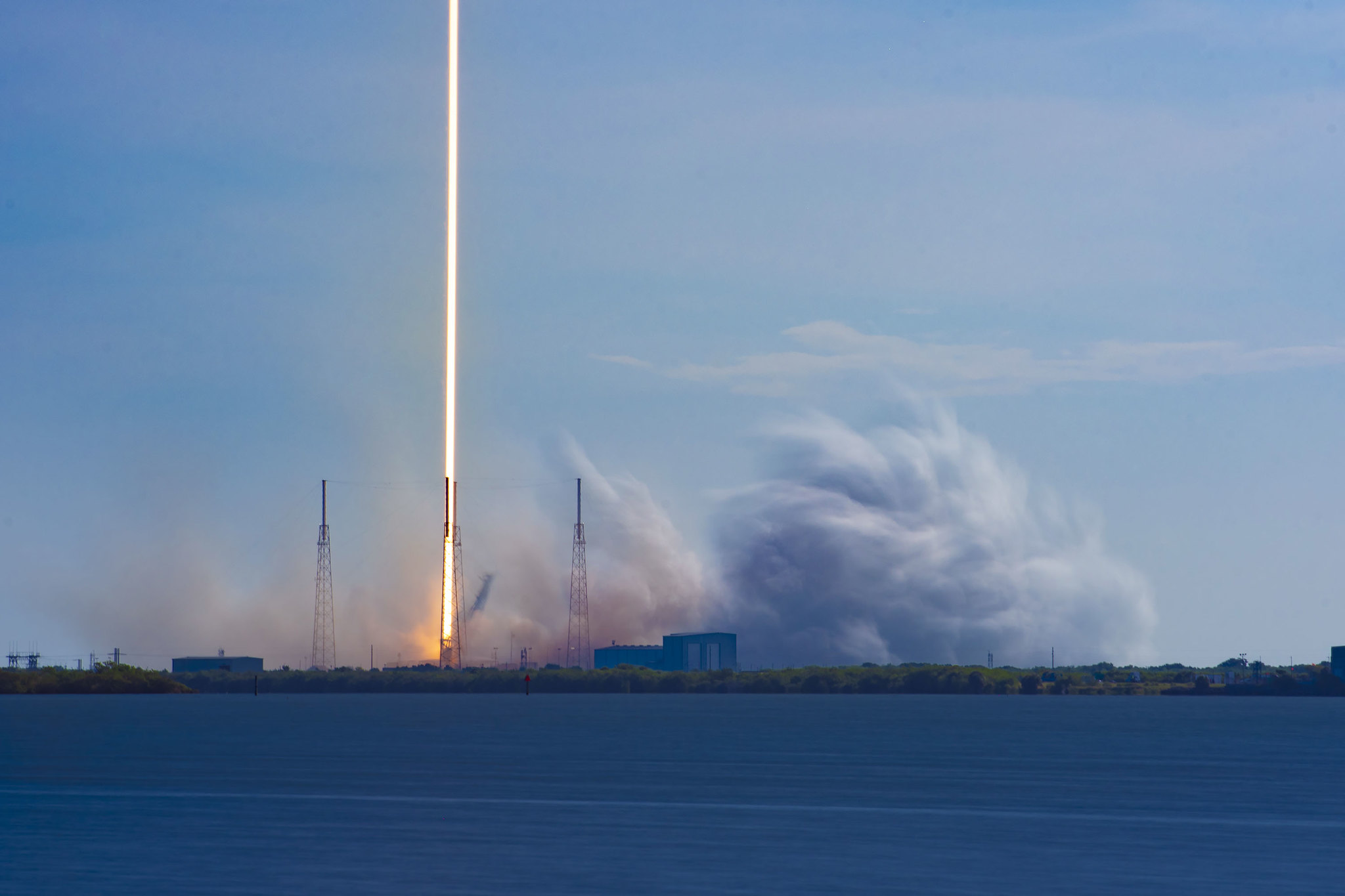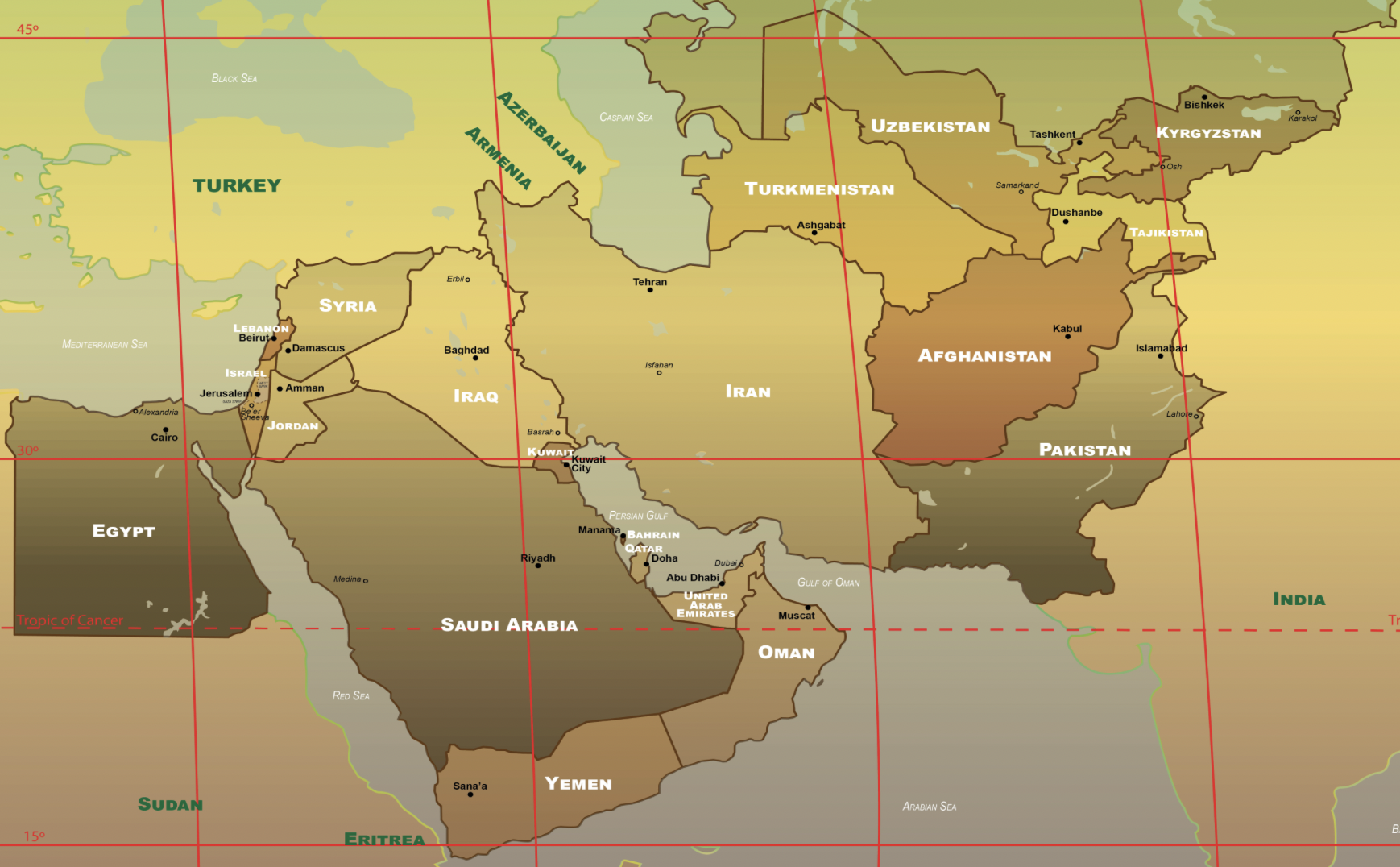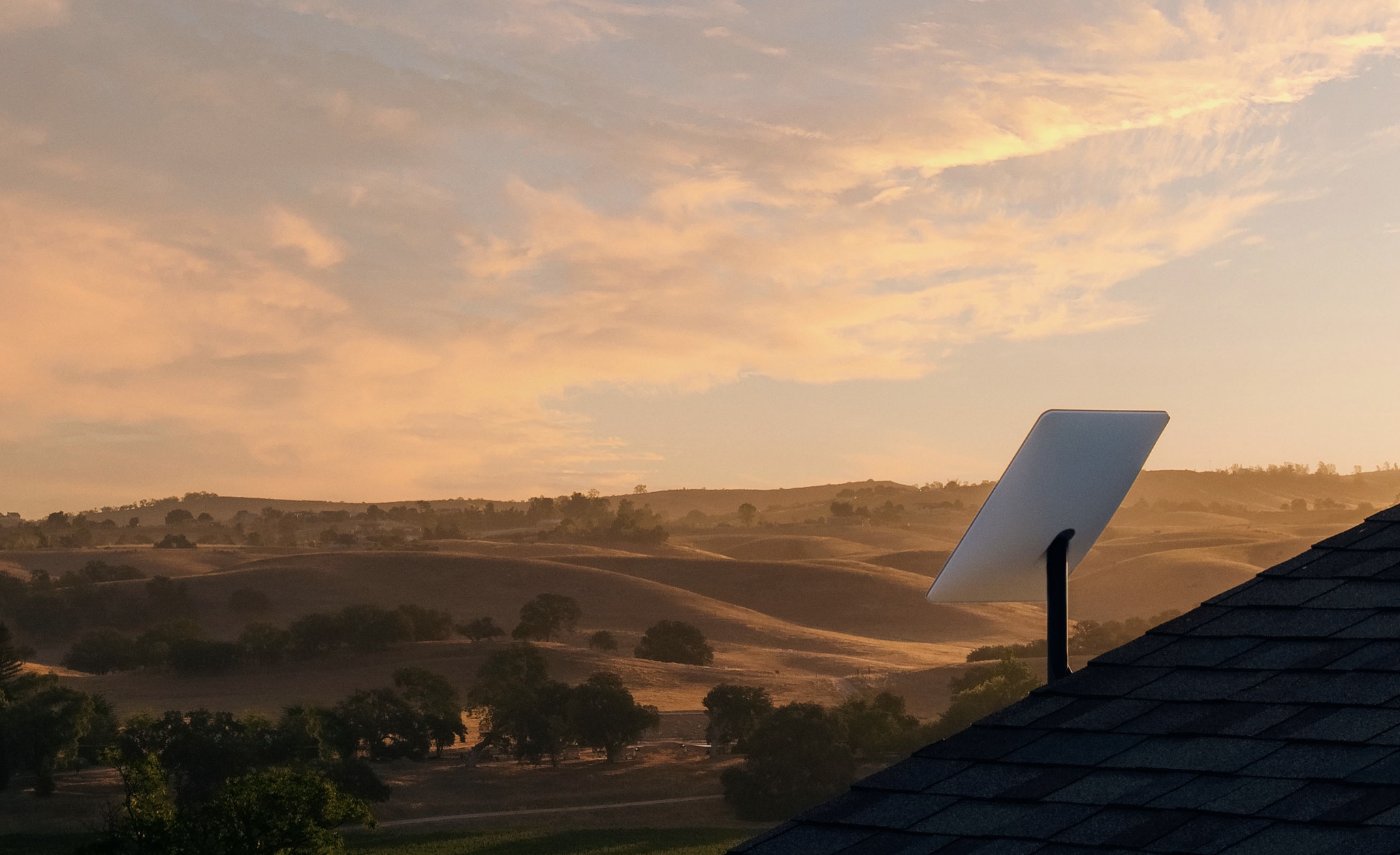SpaceX rolls out new business line focused on military satellite services
Original Publication Date: 2022-12-03 15:25

SpaceX on Dec. 2 revealed a new business segment called Starshield aimed at U.S. National security government agencies. Starshield will leverage the Starlink internet constellation to develop new products for the military market. The Starshield site is heavy on marketing and light on details but conveys SpaceX’s vision.
Space Force establishes component at U.S. Central Command
Original Publication Date: 2022-12-02 22:09

U.S. Space Forces-Central will be based at MacDill Air Force Base, Florida. Up until now, Air Force component of U.S. Central Command was responsible for space-based services. Space Force Col. Christopher Putman will lead the new space component.
OneWeb aims to deploy a record 40 satellites in SpaceX mission
Original Publication Date: 2022-12-02 14:08

OneWeb said SpaceX is slated to launch 40 of its satellites as early as Dec. 6. All 40 satellites have been encapsulated for a Falcon 9 launch no earlier than 5:37 p.m. Eastern. It would be the first time a single launch mission has deployed more than 36 satellites.
FCC grants partial approval for Starlink second-generation constellation
Original Publication Date: 2022-12-02 11:56

FCC partially approves SpaceX's application for second generation of its Starlink constellation. SpaceX can launch up to a quarter of the proposed 30,000 satellites while deferring action on the rest. SpaceX had sought permission to launch satellites into both higher and lower orbits. The FCC said its decision addresses orbital safety concerns raised by competing satellite operators.
NASASpaceFlight.com
India launches a new ocean monitoring satellite on Saturday morning. The PSLV rocket carried the EOS-06 spacecraft into a low Earth orbit. The mission, PSLV C54, lifted off from the Satish Dhawan Space Centre at 11:56 local time (06:26 UTC)
Commercial Archives
Two NASA astronauts conducted a spacewalk outside the International Space Station (ISS) on Saturday, Dec. 2. The spacewalk was to install a new iROSA (ISS Roll-Out Solar Array) Installation of the new array marked the third such iROSA to be attached to the space station.
International Archives
A Russian Soyuz-2.1b rocket was launched from Site 43/4 at the Plesetsk Cosmodrome on Dec. 1. Onboard was likely a Lotos-S electronic intelligence satellite for the Russian military. Only Lotos-S1 No. 6 and its Soyuz upper stage were initially cataloged in orbit.
News – Spaceflight101

Russia's Rockot booster is set to blast off from the Plesetsk Cosmodrome at 17:57 UTC on Wednesday with the Sentinel-3B multi-function satellite. Sentinel-3B is the latest addition to Europe's Copernicus satellite fleet.
ISS Updates – Spaceflight101 – International Space Station

A veteran NASA spacewalker and an EVA rookie from Japan ended their week with nearly six hours of work outside the International Space Station. The restoration of the Station’s Mobile Servicing System started last year and continued in January to provide Canadarm2 with a new pair of grappling hands.
Featured – Spaceflight101

SpaceX Falcon 9 takes to the skies over Florida’s Cape Canaveral Monday afternoon. The Falcon 9 is lifting a flight-proven Dragon spacecraft into orbit for a critical delivery of science gear, supplies and maintenance hardware. It is the first of at least six cargo ships inbound to the U.S. Segment of ISS this year.
Re-Entry: Long March 11 Rocket Body – Spaceflight101

The CZ-11 fourth stage used leftover propellant for a partial de-orbit maneuver, lowering its perigee to 120 Kilometers to significantly accelerate its orbital decay. It is reportedly built around a YF-50 main engine and in a nominal mission conducts the orbital circularization after the three CZ-11 stages.
VP Harris, French President Get First Look at Galactic Get-Together

A merging galaxy pair cavort in this image captured by the James Webb Space Telescope. II ZW 96 is roughly 500 million light-years from Earth and lies in the constellation Delphinus. As well as the wild swirl of the merging galaxies, a menagerie of background galaxies are dotted throughout the image.
Baby Star ‘Burps’ Tell Tales of Frantic Feeding, NASA Data Shows

Outbursts from stellar babies at the earliest stage of development occur roughly every 400 years. The first such outburst was detected nearly a century ago, and they’ve rarely been seen since. Until now the formation and early development of the very youngest stars have been challenging to study.
NASA’s Lunar Flashlight SmallSat Readies for Launch

Lunar Flashlight will be the first interplanetary spacecraft to use a new kind of ‘green’ propellant. The propellant was successfully tested on a previous NASA technology demonstration mission in Earth orbit. The science data collected by Lunar Flashlight will be compared with observations made by other lunar missions.
NASA’s Europa Clipper Gets Its Wheels for Traveling in Deep Space

The Europa Clipper mission is set to launch in October 2024. It will explore the icy moon of Europa and investigate whether the subsurface ocean has the capability to support life. Understanding Europa’s habitability will help scientists better understand how life developed on Earth and potential for finding life beyond our planet.
NASA, ESA Reveal Tale of Death, Dust in Orion Constellation

In between the two hollow regions are orange filaments where dust condenses and forms new stars. Over time, these filaments may produce new giant stars that will once again reshape the region. Launched in 2009, the WISE spacecraft was placed into hibernation in 2011 after completing its primary mission. In September 2013, NASA reactivated the spacecraft with the primary goal of scanning for near-Earth objects, or NEOs.
Meet the People Behind the SWOT Water-Tracking Satellite

Satellite will measure height of water in lakes, rivers, reservoirs, and the ocean. Will improve scientists’ ability to track the movement of water around the world. Data will help communities monitor and plan for changing water resources. Mission will boost scientists’ understanding of how sea level rise will affect coastlines.
NASA Program Predicted Impact of Small Asteroid Over Ontario, Canada

Asteroid was detected 3 ½ hours before impact, making this event the sixth time in history a small asteroid has been tracked in space before impacting Earth’s atmosphere. Small asteroids are not a hazard to Earth, but they can be a useful test for NASA’s planetary defense capabilities for discovery, tracking, orbit determination, and impact prediction.
